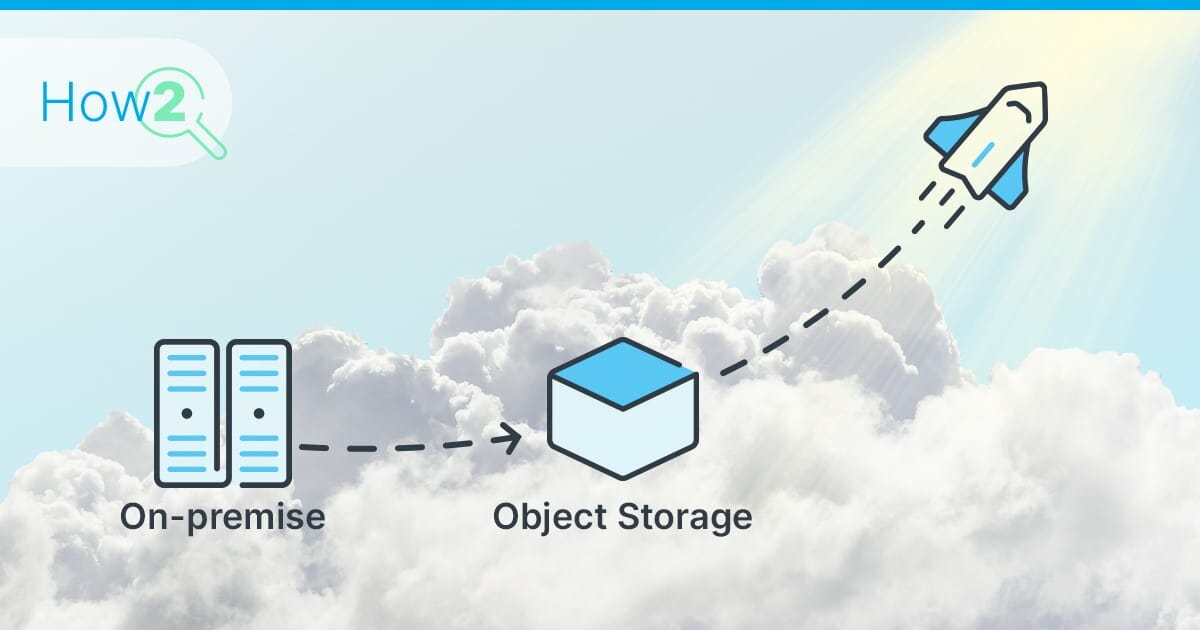
Migrating from on-premises storage to object storage can offer many benefits, such as improved scalability, accessibility, and cost-effectiveness. If you are still unsure about Object Storage: Check out our On-Premises vs. Object Storage Guide. However, migrating large amounts of data can be a complex and time-consuming process. In this article, we’ll discuss general steps you can take to migrate from on-premises storage to Object Storage.
Assess your current storage environment
The first step in migrating from on-premises storage to object storage is to assess your current storage environment. Identifying the types of data you have, how much data you have, and how it’s currently being used is included in the process.This information will help you determine the best storage class and migration strategy for your data.
Evaluate object storage providers
Once you have a clear understanding of your storage needs, you can start evaluating object storage providers. Look for providers that offer the storage class that best fits your needs, as well as features such as data replication, disaster recovery, and built-in data management tools. In some cases you might need all the bells and whistles of Amazon S3 and sometimes it would be sufficient to use 6x cheaper Object Storage from Contabo which also follows S3 standard.
Plan your migration
After selecting a provider, you’ll need to plan your migration. This includes determining the best migration strategy, such as using a data migration tool or manually transferring data. You’ll also need to plan for any downtime during the migration process and determine the best way to minimize any disruption to your business operations.
Test your migration
Before you begin your migration, it’s important to test your migration plan to ensure it works as expected. This includes testing the data migration tool or manually transferring a small amount of data to ensure it’s done correctly.
Begin your migration
You can begin your migration once you have tested and finalized your migration plan. This includes transferring your data from your on-premises storage to the object storage provider. It’s important to monitor your migration progress and keep track of any issues that arise during the process.
Verify and update your data
After your migration is complete, it’s important to verify that all your data has been successfully transferred and that it’s in the correct format. This includes updating any necessary configurations or settings to ensure your data can be accessed and used as expected.
Optimize and maintain your object storage
After your migration is complete, it’s important to optimize your object storage to ensure it’s running efficiently. This includes monitoring your storage usage and costs, using data management tools, and implementing data retention policies.
Conclusion
Migrating from on-premises storage to object storage can be a complex process, but by assessing your current storage environment, evaluating object storage providers, planning your migration, testing your migration, beginning your migration, verifying and updating your data, and optimizing and maintaining your object storage, you can ensure a smooth and successful migration.
